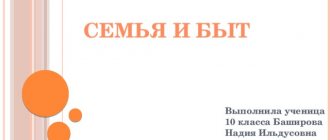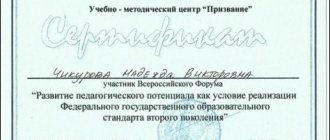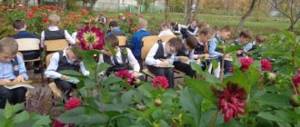1) rapid diagnosis of anxiety through a test
Express diagnostics
carried out in a group, children themselves process their answers and count the points. This significantly speeds up the processing of results.
Children are asked to evaluate changes in their well-being that have occurred recently. The following speech is made: “Guys! This year you moved to middle management. Let's see what has changed? Now you have a lot of new subjects, teachers, you go to study in different classrooms. How do you feel? Comfortable or not so comfortable? Let's rate it!"
Each of the proposed statements should begin with the phrase “Lately...”
1. I get tired quickly (yes, no). 2. I think I’m doing better than some guys (yes, no). 3. I feel freer (yes, no). 4. I started feeling dizzy/weak/nausea (yes, no). 5. Teachers are unhappy with me (more comments) (yes, no). 6. I lack self-confidence (yes, no). 7. I feel safe (yes, no). 8. I avoid difficulties (yes, no). 9. I can get upset easily and even cry (yes, no). 10. I have more conflicts (yes, no). 11. Homework has become more interesting (yes, no). 12. I understand teachers’ explanations less well (yes, no). 13. I experience troubles for a long time (yes, no). 14. I don’t get enough sleep (yes, no). 15. I want last year’s teachers to teach 5th grade (yes, no).
Scoring:
1 point is awarded for each “yes” answer to questions - 1, 4, 5, 6, 8, 9, 10, 12, 13, 14, 15
“no” to questions - 2, 3, 7, 11.
Anxiety level assessment:
1–4 points – low level. 5–7 points – average level. 8–10 points – increased level. 11–15 points – high level.
Children count points, the psychologist asks: “Whoever scored more than 8 points, raise your hand.” Those who scored more than 8 points are recommended to relax more, spend time in nature and worry less.







